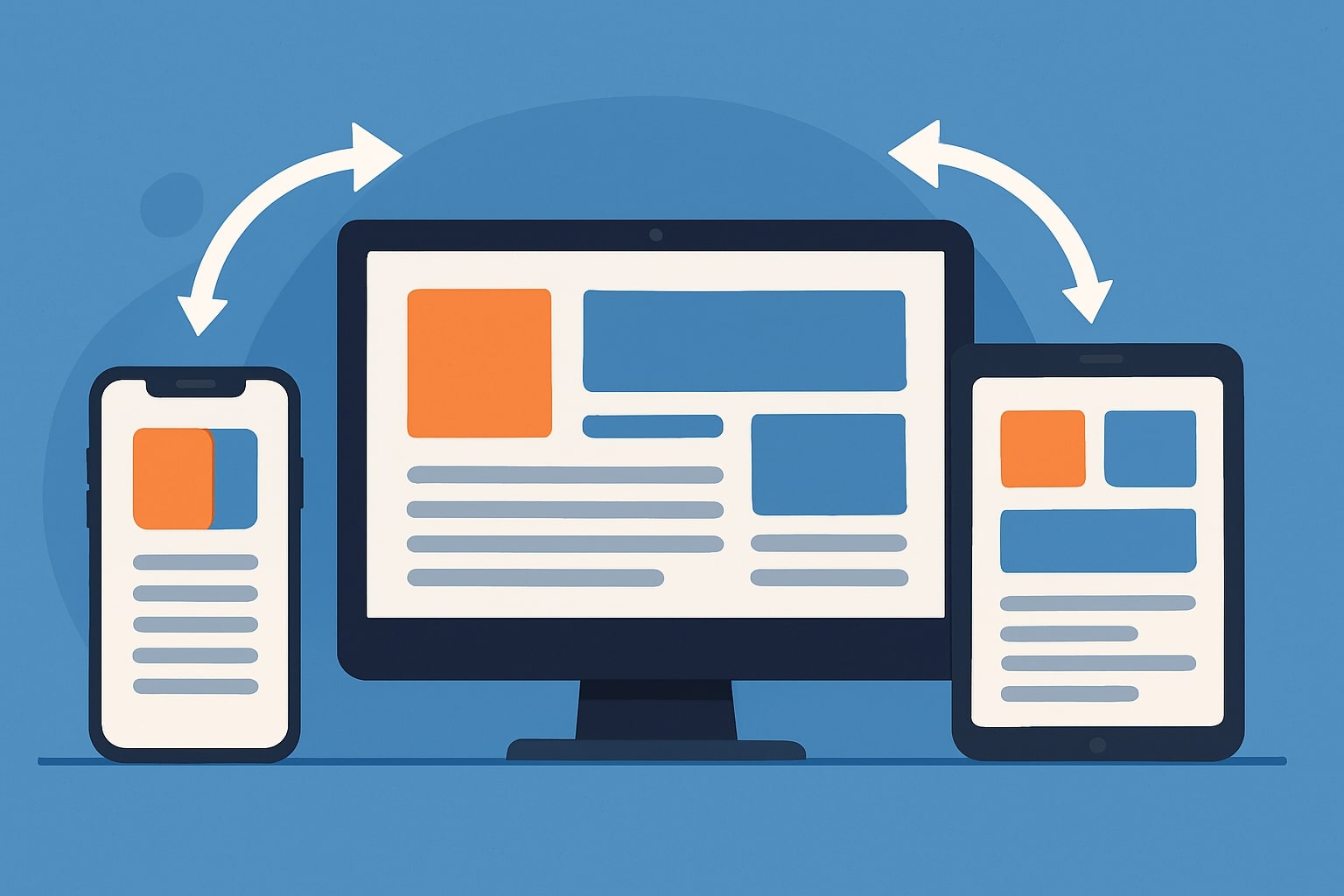
How Adaptive Design Helps Improve Mobile Applications for Different Devices
June 05, 2025In the fast-evolving world of mobile and web application development, one of the most significant trends in 2025 is the increasing importance of adaptive design. As technology continues to advance, developers face the challenge of creating applications that provide a seamless user experience across a wide range of devices. Adaptive design plays a pivotal role in ensuring that mobile applications function optimally across various screen sizes, resolutions, and hardware capabilities.
What is Adaptive Design?
Adaptive design is a strategy that focuses on creating flexible user interfaces for different devices, ensuring that each screen size has its own version of the application. Unlike responsive design, which adjusts elements fluidly based on screen size, adaptive design customizes the user interface for specific device classes, such as smartphones, tablets, or desktop computers.
The Importance of Adaptive Design in Mobile App Development
In the competitive world of software development, custom software solutions are increasingly in demand to meet the diverse needs of users. Adaptive design ensures that mobile applications are not only functional but also visually appealing and user-friendly across a variety of devices. Here are several reasons why adaptive design is crucial for mobile applications:
1. Optimized User Experience Across Devices
With the rise of various screen sizes, adaptive design allows mobile applications to adjust to each device’s unique resolution and display characteristics. For example, an app might have a different layout on a tablet compared to a smartphone, ensuring that the content is displayed correctly and is easy to interact with. This is particularly important for users who switch between devices or use multiple devices for different tasks.
2. Enhanced Performance and Speed
Adaptive design can help improve the performance of mobile applications by ensuring that only the necessary assets are loaded based on the device's specifications. For example, a mobile app might load high-resolution images on a high-end smartphone but use lower-resolution images on a budget device to optimize performance. This ensures faster load times and a more responsive user interface, which is crucial for user retention.
3. Custom User Interfaces
One of the significant advantages of adaptive design is the ability to create custom user interfaces tailored to specific device types. By doing so, mobile and web application development can enhance usability and accessibility. For instance, mobile apps for smartphones can focus on touch-friendly navigation, while desktop versions might offer more complex menus and features suited for larger screens.
4. Improved Compatibility with Emerging Devices
As the tech world continues to innovate, new devices with unique screen sizes and features emerge frequently. Adaptive design ensures that mobile apps remain compatible with these new devices without needing a complete redesign. Whether it's a foldable smartphone, a smart TV, or an emerging wearable, adaptive design provides the flexibility required to keep up with rapid advancements in tech.
5. Seamless Cross-Platform Experiences
Adaptive design is essential for software development companies aiming to provide seamless cross-platform experiences. Whether users access an application through a mobile phone, tablet, or laptop, adaptive design ensures a smooth and consistent experience across all platforms. This is particularly important for businesses looking to expand their user base across various device ecosystems.
Adaptive design is an integral part of modern mobile application development, especially as the number and variety of devices continue to grow. By providing optimized experiences tailored to different screen sizes, resolutions, and device capabilities, adaptive design ensures that applications remain relevant, functional, and user-friendly.
As AI and tech continue to evolve, the future of adaptive design in software development looks bright, offering endless possibilities for enhancing user engagement and satisfaction across multiple platforms.
For software development companies, adopting adaptive design strategies is no longer optional but essential for staying competitive and delivering high-quality, future-proof applications.
